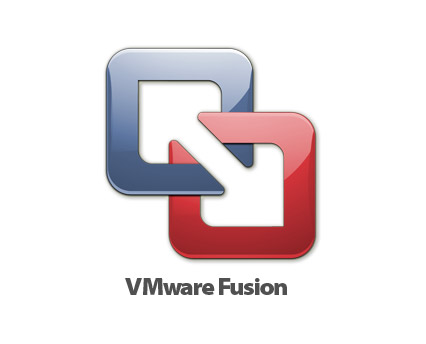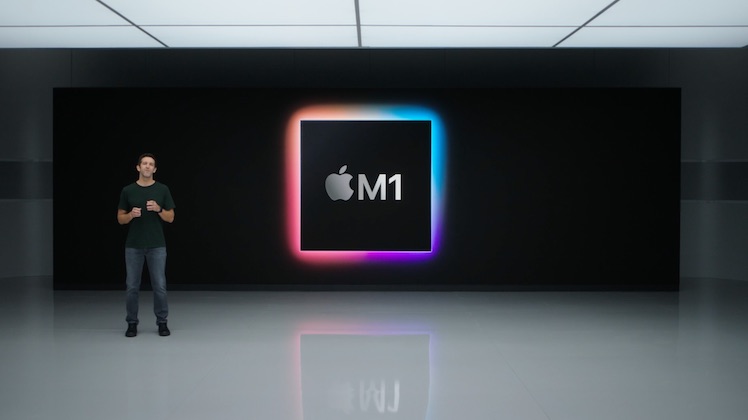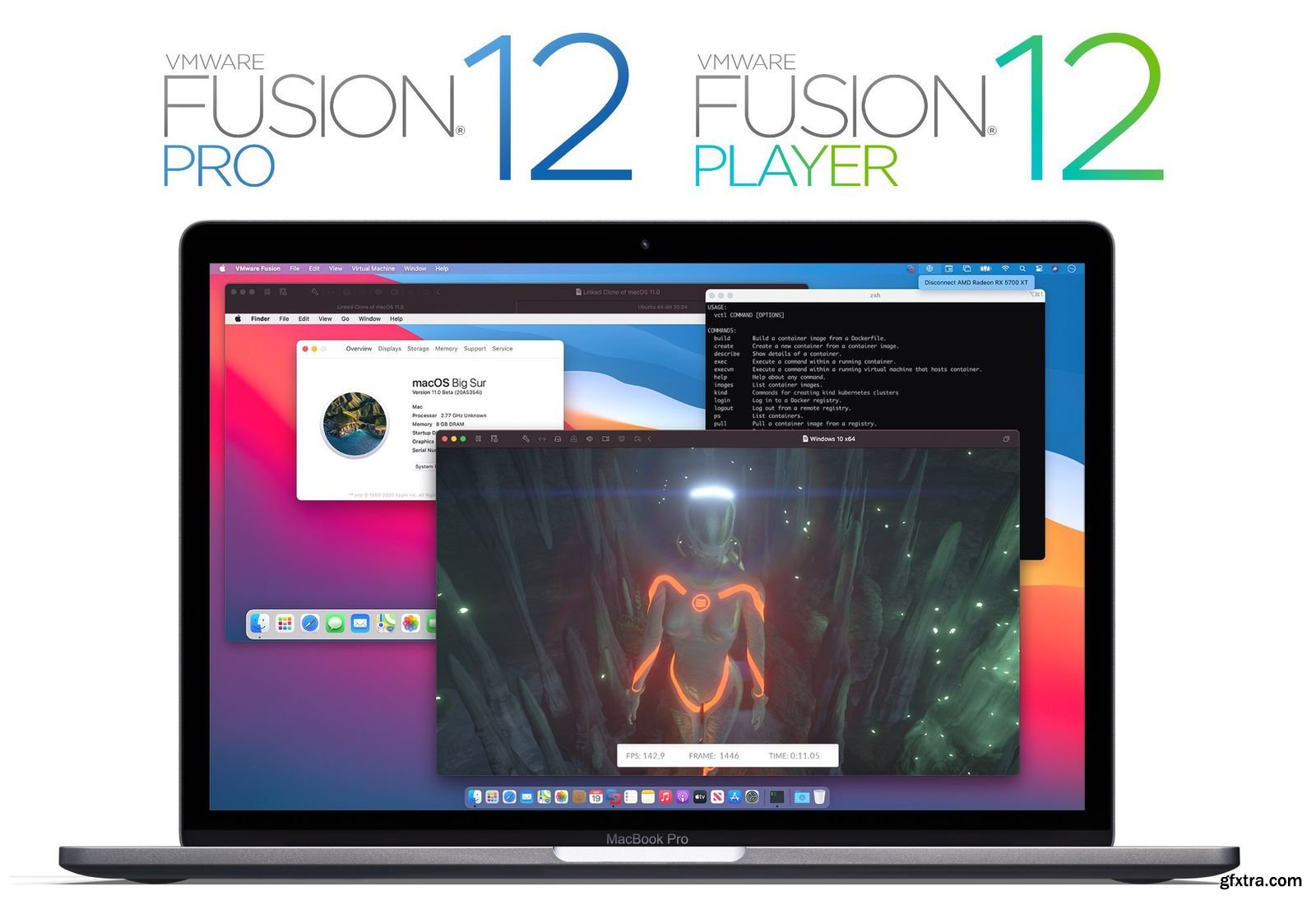
To help make this more clear, the following summary spells this out explicitly: That’s potentially very important to some users, but confusing to many others. One of the most significant new features in macOS 13 is that it can use Rosetta 2 to translate Intel binaries to run inside an ARM-native virtualised Linux. Not only that, but all the executable code you want to run in that virtual machine also had to run native on ARM processors, until Ventura. But it can’t convert whole operating systems, so you can’t virtualise an Intel machine on Apple silicon hardware.
#Vmware fusion m1 software
In contrast, virtualisation on M1 Macs has been limited to operating systems which run native on ARM processors, and has only been able to run software within them that has been built to run native on ARM processors, not Intel.Īpple silicon Macs do have a tool for translating Intel binary code into instructions for ARM processors: Rosetta 2. It can run macOS and OS X from many years ago, all regular editions of Windows, and almost any Linux distro you might care for.
#Vmware fusion m1 full
Parallels and VMware have still had their advantages, though, in providing support for important features like Metal-accelerated graphics and giving full access to host facilities.īecause so many operating systems run on Intel processors, virtualisation on Intel Macs has had many advantages. This makes it much simpler to create an app which can, for example, run Mojave on an Intel Mac running Monterey.

Since Big Sur, on both Intel and M1 Macs, macOS itself has provided excellent support for virtualisation.

What it doesn’t do is convert the instructions in an app, or guest operating system, to run on a different processor architecture: that’s a quite different problem that I’ll return to below. What virtualisation does is provide a host environment which lets you run a different operating system with access to your Mac’s hardware, by running as a layer between the guest operating system and hardware drivers. Operating systems like macOS, Windows and Linux provide layers of access to that hardware to the apps running on them. Here I explain what you can and can’t do.Ĭomputers consist of common types of hardware: CPU cores, storage, displays, and input devices such as a keyboard, mouse and trackpad. This started to change in Big Sur, and is very different when you’re running Ventura on an Apple silicon Mac. Until recently, virtualising a machine and its guest operating system on a Mac has been complex, and something we’ve turned to Parallels, VMware, or other software to do all the work to run an older version of macOS, Windows or Linux.
#Vmware fusion m1 how to
Try checking out our guides on other topics too: How to Install Windows on Mac and How to Play Windows Games on a Mac. You will now be able to use VMware Fusion to install any OS of your choice on your M1 Mac easily. Once you complete this procedure, you will be able to run VMware Fusion in macOS Monterey on your M1 Mac.

Luckily, VMware recently rolled out the Fusion beta to run on M1-based Mac.

Earlier, VMware was compatible with only Intel-based Macs which made things difficult for M1 Mac users.


 0 kommentar(er)
0 kommentar(er)
